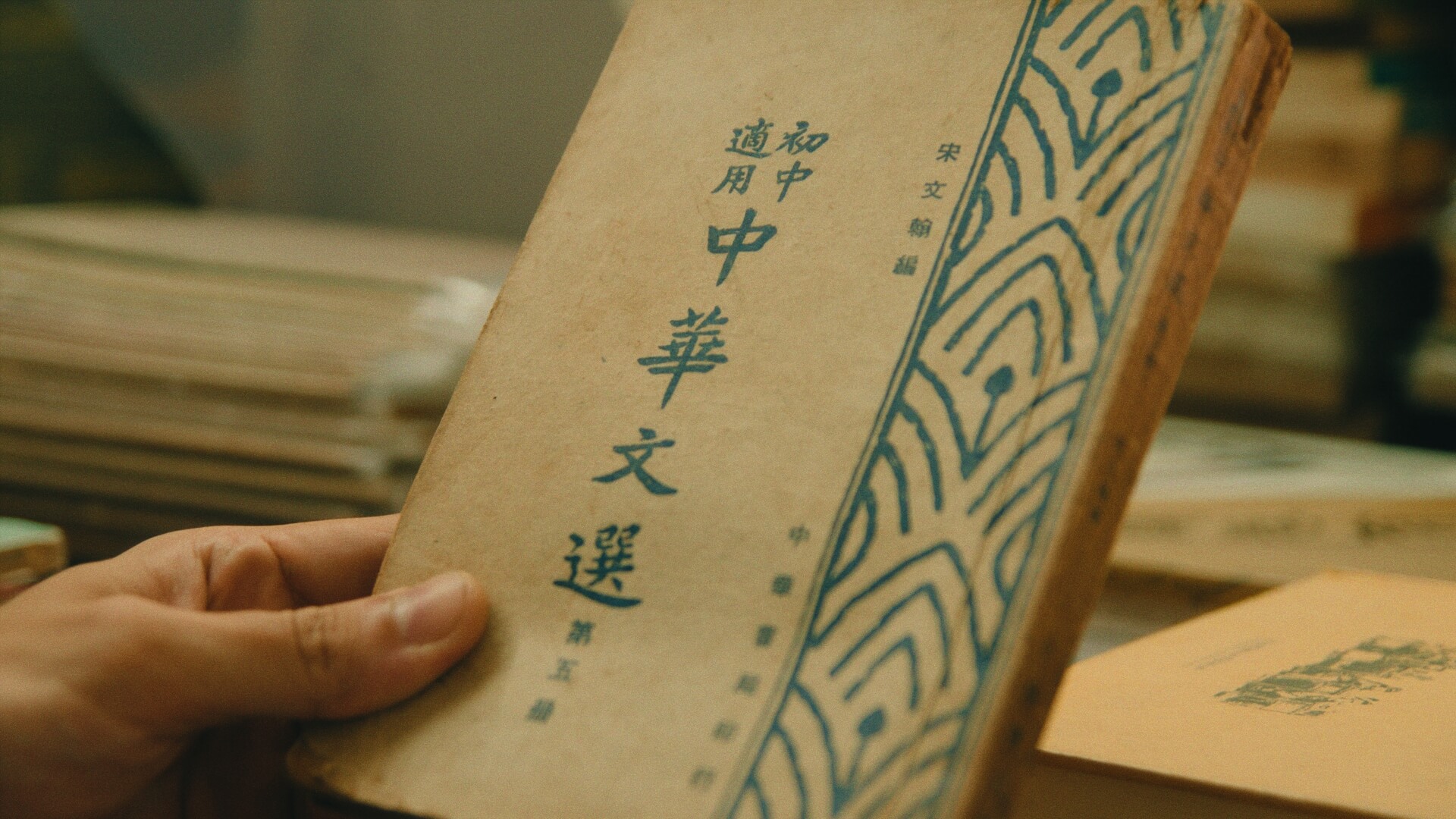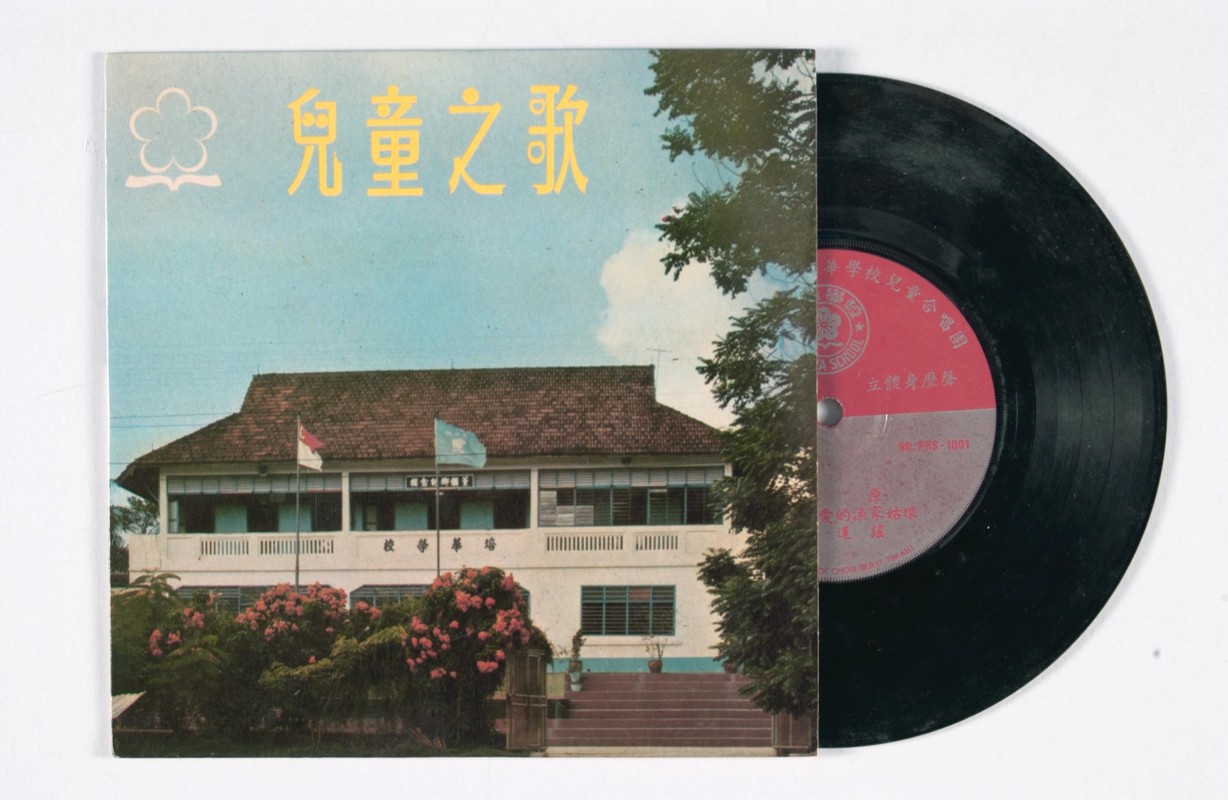From tradition to modernity: The origins of Chinese education in Singapore (1900s to 1920s)
What do historians mean when they talk about Chinese education in Singapore and Malaysia? They mean an education system — based in Chinese schools — where all subjects were taught and examined in Chinese dialects and standard Mandarin. In the early years, most of the teachers in Chinese schools came from various dialect regions in Southern China. As a result, dialects such as Hokkien, Cantonese, Hakka, and Hainanese were most commonly used in classrooms, while standard Chinese, or Mandarin was introduced later on.
During this period, the mission of Chinese schools was to not only teach contemporary academic subjects, but also impart knowledge of Chinese language, culture, and history, as well as instil Chinese ideologies and values. “Chinese education” and “Chinese schools” are important educational concepts in the region.

Before the Republican era (1911–1949), Chinese schools — including traditional private schools — had mainly been using traditional teaching materials such as the San Zi Jing (Three Character Classic or Trimetric Classic), Bai Jia Xing (Hundred Family Surnames or Century of Surnames), Qian Zi Wen (Thousand Character Classic or Millenary Classic), and the zhusuan (knowledge and practice of performing arithmetic calculations using an abacus). In the late Qing, new types of schools emerged, and it became clear that a fundamental shift from traditional to modern educational content had occurred.
The earliest Chinese schools in British Malaya (Singapore and the Peninsular Malaysia) emerged between 1904 and 1908. Yin Sin School was founded in May 1905 by the Hakka community, Guang Zhao School was founded in April 1906 by the Cantonese, Tuan Mong School was founded in September 1906 by the Teochews, and Tao Nan School was founded in the same year by the Hokkiens.
Build schools, widen access to education
These schools were the forerunners of later Chinese schools. The fact that they had all been established within a few years after the 30th year of the Guangxu reign (1904) had to do with the influence of reformist movements of the Qing dynasty. By around 1903, advocates of the New Policies of the late Qing dynasty were aware of the importance of setting up modern schools across the country to teach Western practical knowledge and skills, although implementation was constrained by limited state funds. As a result, they turned to local communities and encouraged ground-up efforts to help build more schools and widen access to education. This was why all the earliest Chinese schools in Singapore were funded by clan associations.

Between 1905 and 1911, the Qing government intervened in the development of Chinese education in Singapore and Malaya. It stationed local consuls and frequently dispatched officials to the Nanyang region to inspect the state of affairs, encourage overseas Chinese people to start schools, and reward those who had made meritorious contributions to Chinese education. Around the same time, in 1907 and 1908, forces from Sun Yat-sen’s (1866–1925) Republic Revolution and Kang Youwei’s (1858–1927) Constitutional Monarchy factions had begun to spread their political ideologies in the region — indirectly spurring the development of Chinese education there. These circumstances further popularised Chinese schools, but also inadvertently caused Singapore’s Chinese education to become entwined with China’s social and political disputes and complications from the very beginning.
British government grows wary of Chinese schools
In 1913, after the two major military and political groups separately controlled by Yuan Shikai (1859–1916) and Sun Yat-sen had broken up, about 200 comrades from Sun’s camp were forced to flee in the wake of failed anti-Yuan and anti-government operations under the Chinese Revolutionary Party. Many of them were relocated to Singapore to work as teachers in Chinese schools. 1These politically ambitious individuals actively cultivated nationalistic sentiments among their students, and even mobilised them to take part in local social movements and protests.
This drew the attention of the British colonial government, which began to seek control over Chinese schools through legal and constitutional means. This led to the enactment of the Registration of Schools Ordinance 1920 in both the Legislative Council of the Straits Settlements and the Legislative Council of the Federated Malay States. Although the ordinance stirred up a storm during its conception, visionaries from the Chinese communities in Singapore and Malaya resolved to protect Chinese schools from excessive interference by local government, external forces, and radical forces within the Chinese community — thus allowing the development of Chinese education to remain stable.
Up until the start of the Japanese occupation in 1942, Singapore had more than 300 Chinese schools of varying sizes, with about a third in the city area, and the rest scattered in villages (kampungs) across the island.2
This is an edited and translated version of 从传统到现代:新加坡华文教育的起源(1900年代至1920年代). Click here to read original piece.
| 1 | C. F. Yong & R. B. McKenna, The Kuomintang Movement in British Malaya 1912–1949 (Singapore: Singapore University Press, 1990), 32; Lee Ting Hui, Chinese Schools in British Malaya: Policies and Politics (Singapore: South Seas Society, 2006), 32. |
| 2 | Shi Kai, comp., “1945–1967 nian Xinjiapo huaxiao mingdan (an quyu pailie)” [List of Chinese schools in Singapore, 1945 to 1967 (by zones)], in Xiaoshi de huaxiao: guojia yongyuan de zichan [Vanishing Chinese schools: a perpetual national asset], edited by Poon Sing Wah (Singapore: Federation of Chinese School Alumni Associations, 2014), 252–254. |
Choi, Kwai Keong. Xinma huaren guojia rentong de zhuanxiang 1945–1959 [The turn of Chinese national identity in Singapore and Malaysia (1945–1959)]. Rev. ed. Singapore: Singapore Youth Bookstore, 2007. | |
Doraisamy, T. R. 150 Years of Education in Singapore. Singapore: TTC Publication Board, Teachers Training College, 1969. | |
Gao, Hong Keng, ed. Xinjiapo huaxiao lianhehui nianzhounian jinian tekan [The 20th anniversary commemorative booklet of the Singapore Chinese Schools’ Conference]. Singapore: Singapore Chinese Schools’ Conference, 1968. | |
Koh, Soh Goh. Xinjiapo huaqiao jiaoyu quanmao [Overview of overseas Chinese education in Singapore]. Singapore: Nanyang Press, 1950. | |
Lee, Ting Hui. Chinese Schools in British Malaya: Policies and Politics. Singapore: South Seas Society, 2006. | |
Neo, Peng Fu. “Kaizhi qimeng, xin jin huo chuan: cong huawen jiaoyu dao huawen jiaoxue” [Enlightenment and continuation: from Chinese education to Chinese language instruction]. In Xinjiapo huaren tongshi [A General History of the Chinese in Singapore], edited by Kua Bak Lim, 415–424. Singapore: Federation of Chinese Clan Associations of Singapore, 2015. | |
Neo, Peng Fu. Xinjiapo huaxiao lianhehui shigang: qian li zhi xing shi yu zu xia, 1946–1956 [History of the Singapore Chinese Schools’ Conference: a journey of a thousand miles begins with a single step, 1946–1956]. Singapore: Singapore Society for Chinese Education, 2018. | |
Poon, Sing Wah, ed. Xiaoshi de huaxiao: guojia yongyuan de zichan [Vanishing Chinese Schools: a perpetual national asset]. Singapore: Federation of Chinese School Alumni Associations, 2014. | |
Singapore Legislative Assembly. Report of the All-Party Committee of the Singapore Legislative Assembly on Chinese Education. Singapore: Government Printing Office, 1956. | |
Singapore Ministry of Education. Report on the Ministry of Education 1978. Singapore: Singapore Ministry of Education, 1979. | |
Tang, Qing, ed. Xinjiapo huawen jiaoyu [Chinese education in Singapore]. Taipei: Overseas Chinese Publishing House, 1964. | |
Tay, Liang Soo. Malaixiya huawen jiaoyu fazhan shi [History of the development of Chinese education in Malaysia], Vol. 1. Kuala Lumpur: Malaysia Chinese School Teachers’ Association, 1998. | |
Wee, Tong Bao. “Xin ma yin huaxiao jiaokeshu fazhan (1900–1941)” [The Development of Chinese Education in Singapore (1900–1941)]. In Xin ma yin huaxiao jiaokeshu fazhan huigu [Review of textbook development in Chinese schools in Singapore, Malaysia, and Indonesia], edited by Yeap Chong Leng and Wee Tong Bao. Singapore: The Chinese Heritage Centre, 2005. | |
Wu, Hua. Xinjiapo huawen zhongxue shilue [A Brief History of Chinese Secondary Schools in Singapore]. Singapore: Educational Publishing House, 1976. | |
Yeap, Chong Leng, and Wee, Tong Bao, eds. Xin ma yin huaxiao jiaokeshu fazhan huigu [Review of textbook development in Chinese schools in Singapore, Malaysia, and Indonesia]. Singapore: The Chinese Heritage Centre, 2005. |










